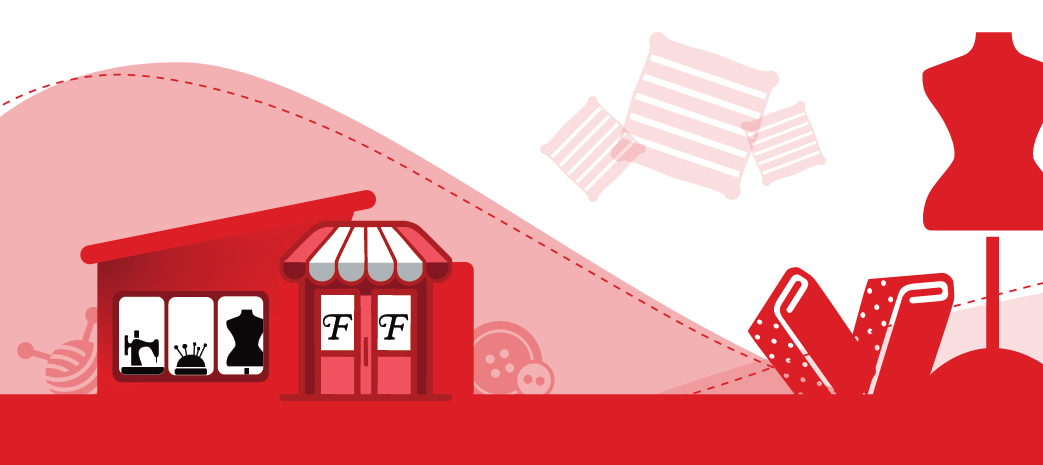Chenille Scarf
Turn A Regular Cotton Texture Into Chenille!




In this DIY project, the maker will learn to convert a standard textured cotton fabric into one with a chenille texture. These instructions are for a chenille scarf, but the maker can apply this technique to make many different items. The method proves excellent for coordinating accessories, allowing for the creation of matching pieces. For instance, a regular textured jacket can be complemented by a matching chenille-textured scarf, ensuring uniformity in fabric, color, and pattern.
*Please share your creations on Facebook & Instagram. Tag Fabricland at @fabricland.canada or use the hashtag #fabriclandlove

























